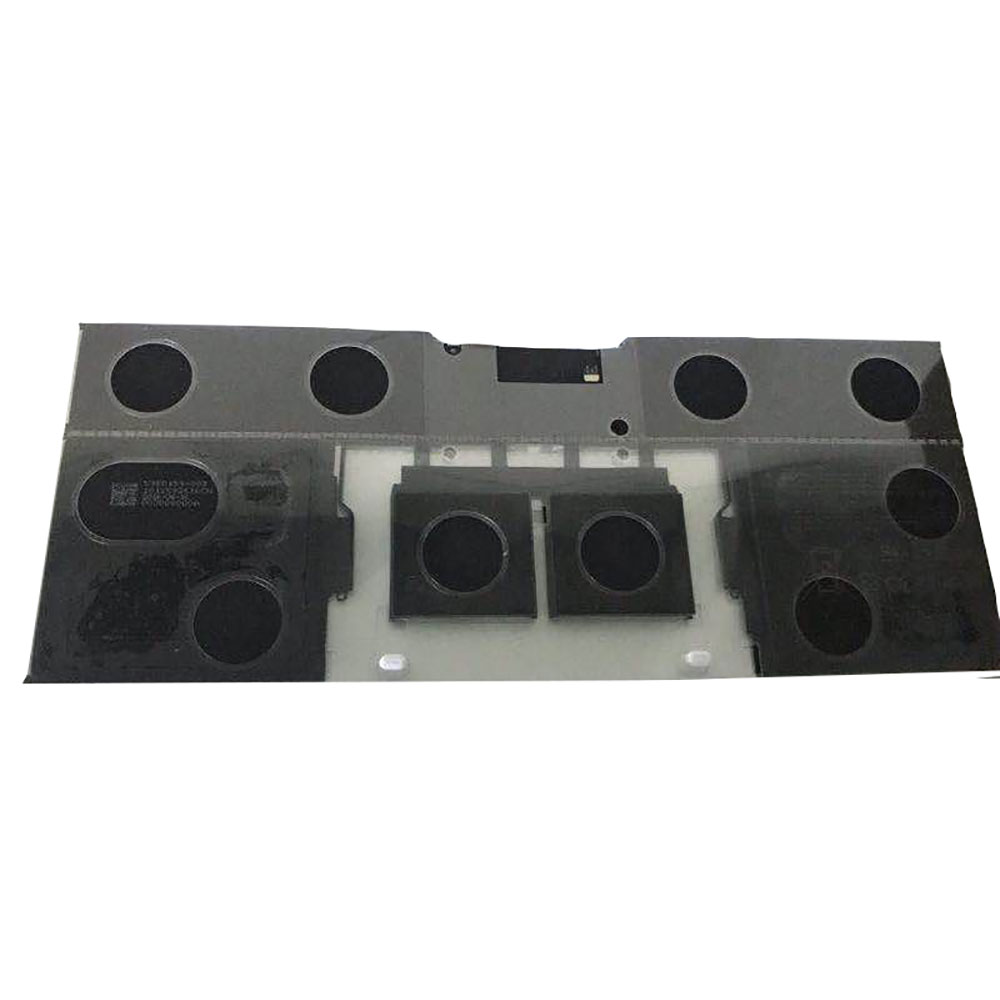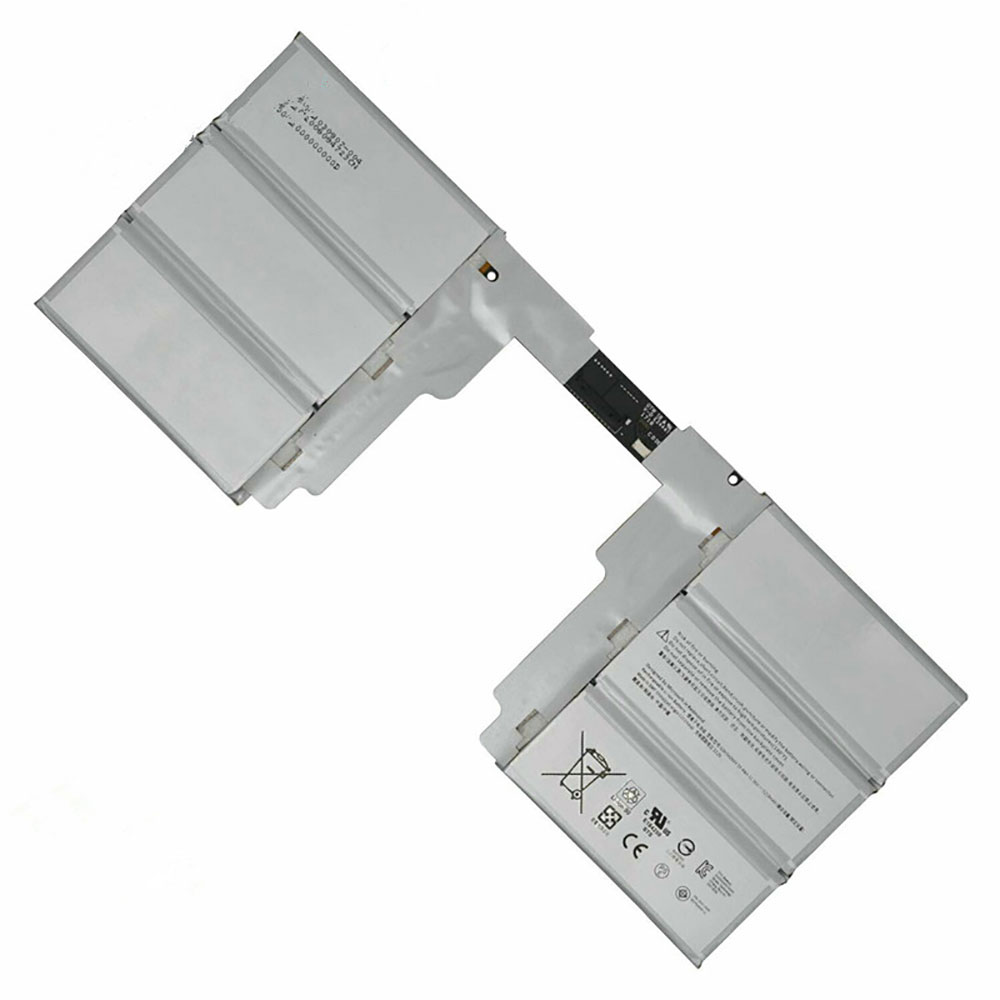I’m told there was an Apple event today. I’m told it was one of the biggest moments of its year. Yet the event was for this year’s tweak of the iPhone, not Apples’s big moment of innovation. That’s coming later this year, when Tim Cook’s team reveal a new MacBook that will be running on ARM-based architecture, rather than Intel. While some hand-picked developers have had access to a Developer Transition Kit, presumably under heavy NDA, the project has been shrouded in darkness, with only the occasional leak of online benchmarks and to-be-expected hyperbole from the geekerati.
It’s in stark contrast to Microsoft’s approach.
With far less pomp and circumstances, the Windows 10 on ARM project made another step today. For some it will be seen as a very important step, unlocking the full power of the ARM platform. For others it will be seen as something that should have been done before consumer devices were available, especially Microsofts own Surface Pro X.
Today saw the release of the ARM-compiled version of Microsoft Teams.
This is not a review of Microsoft Teams. I’m not even going to touch on the application, beyond noting that it is one of Microsoft’s applications that many enterprises and organisations regard as a key application, and it integrates through Microsoft clouds to mobiles, tablets, browser, and dedicated applications on multiple platforms. It’s about Microsoft’s open nature as it develops the Windows 10 on ARM platform.
Last year’s launch of the Surface Pro X put the Windows 10 on ARM project front and centre. Consumers could buy the 2-in-1 and use it in anger. Many did, and you can find praise for the Pro X online in consumer reviews and social media chat. It wasn’t cheap to buy into, with the entry level 8 GB RAM / 128 GB Storage model priced at $999 (plus a keyboard for $140, or a keyboard and stylus for $269). For that price consumers expect a finished package and a machine that works.
Was it the finished package? The hardware certainly was – even though I don’t agree with the removal of the 3.5mm headphone jack and SD card expansion slot. Was the software? Here’s where it gets interesting, because there are three broad flavours of Windows 10 apps to consider… those compiled directly for ARM, those compiled for older Intel-based x86 Windows machines using 32-bit code, and those compiled for the Intel x86 machines using 64-bit code.
Naturally ARM apps are going to run on the ARM computer. But what about the countless number of legacy apps; many of which are business critical apps in the enterprise situation. Microsoft is not in the habit of standing up and saying ‘we’re dropping all support for 32-bit apps, good luck’. The solution is an emulation layer. As the Pro X launched, Windows 10 on ARM could emulate x86 32-bit apps. These would run on the Pro X; albeit drawing more power from the battery, potentially running slower than on an Intel machine such as the Surface Pro 7, and in some cases obscure drivers would not be supported. But in the main your 32-bit legacy apps would still be available.
x86 64-bit emulation was not supported at launch. It was promised, and it wa recently announced that the Windows Insider build would pick up 64-bit support in November, with a public release expected in Q1 2021. This created some blind spots for apps that did not have 32-bit versions.
Depending on the apps you need, the Pro X was either a potential purchase, or clearly off limits (side note: not everyone needs Photoshop on their laptop, it’s not a dealbreaker for everyone).
This was Microsoft’s choice. It could have kept the ARM project as an internal project and one wrapped up by NDAs with third-party developers and manufacturers. Or it could go live with the code, release the hardware, and iterate the software during 2020 and beyond. Going with the later has given Microsoft a year of customer feedback, raised the profile of Windows 10 on ARM, and by virtue of the release is publicly putting the weight of the company behind the platform.
That development has seen not only software updates to Windows 10, but the updating of first- and third-party software to include ARM versions alongside Intel. Probably the biggest release was the ARM build of Microsoft’s Chromium-based Edge browser.
While most of Microsoft’s Office apps were available in 2019 as ARM apps, Microsoft Teams was notable in only being available as an x86 32-bit app. That meant running under emulation, and users were quick to notice both the reduced performance and how it was faster to run the cloud based version in the Edge browser.
With the release of the ARM build of Microsoft Teams, we see another step. Yes it’s one taken by Microsoft, which is heavily invested in this project, but it’s a step that Microsoft needs developers to consider as worthwhile. To achieve that, the platform needs visibility, it needs a sense of momentum, and it needs to be wanted by the consumer.
Microsoft’s open approach is just as valid as Apple’s closed approach. Both have their advantages and disadvantages. But the one advantage Microsoft has over Apple, and one that Apple should pay attention to, is the open nature of the Windows 10 on ARM development cycle. As the project continues, so more people will believe in the project, will invest in the project, and create a virtuous circle.


